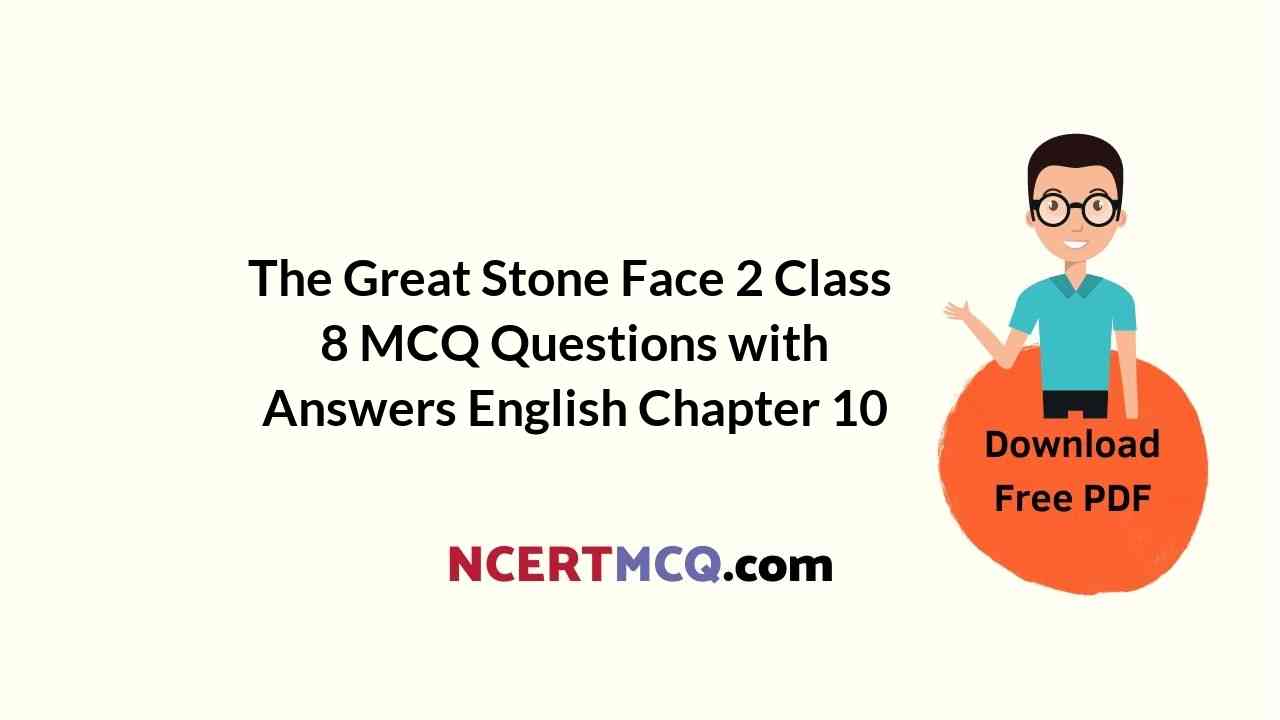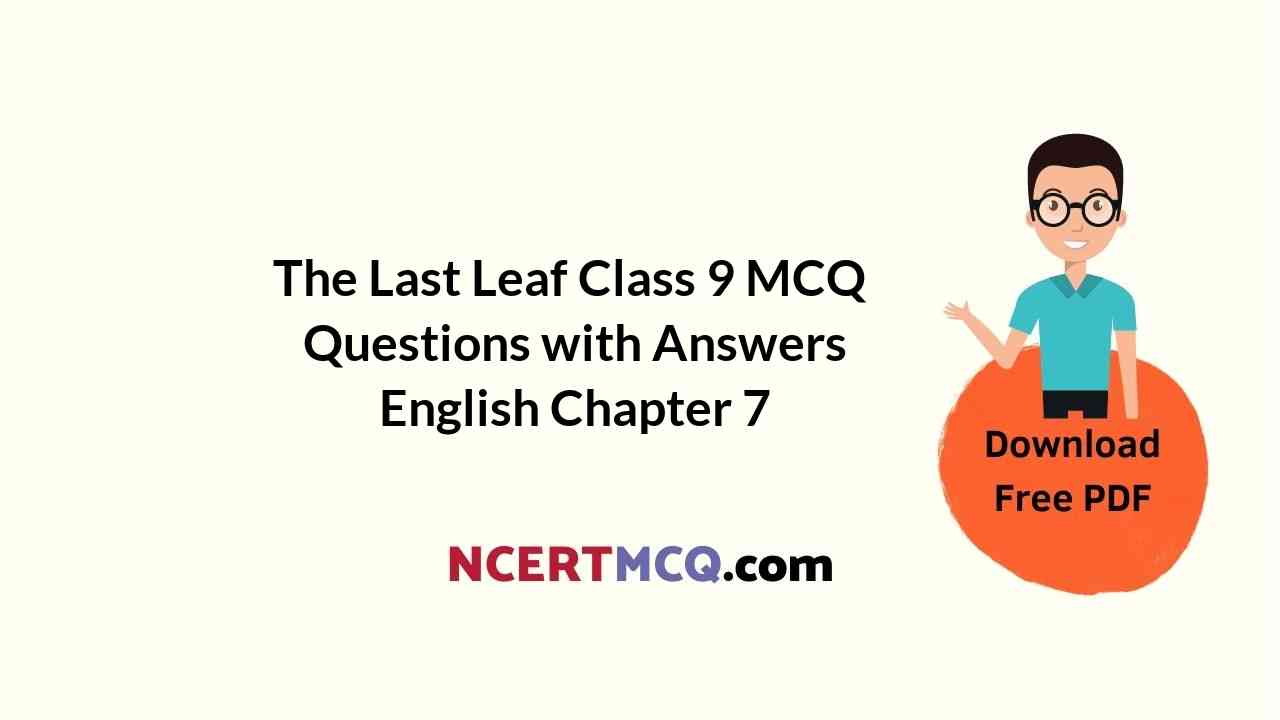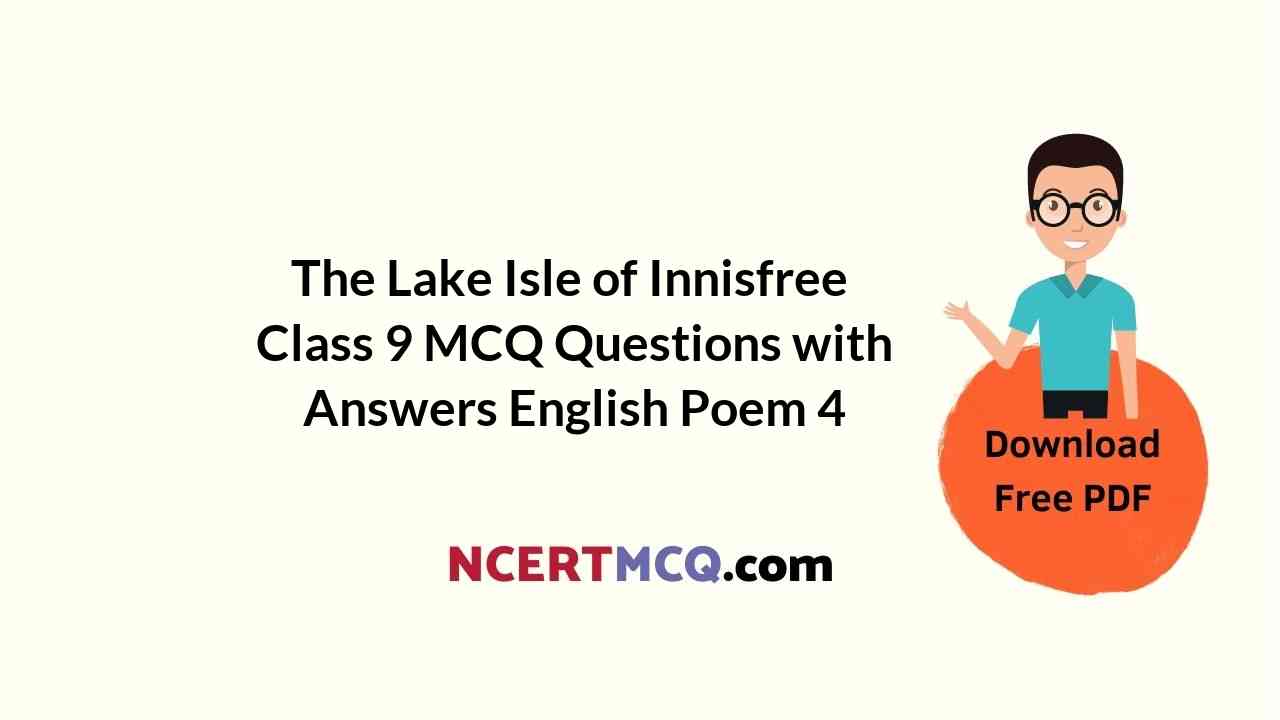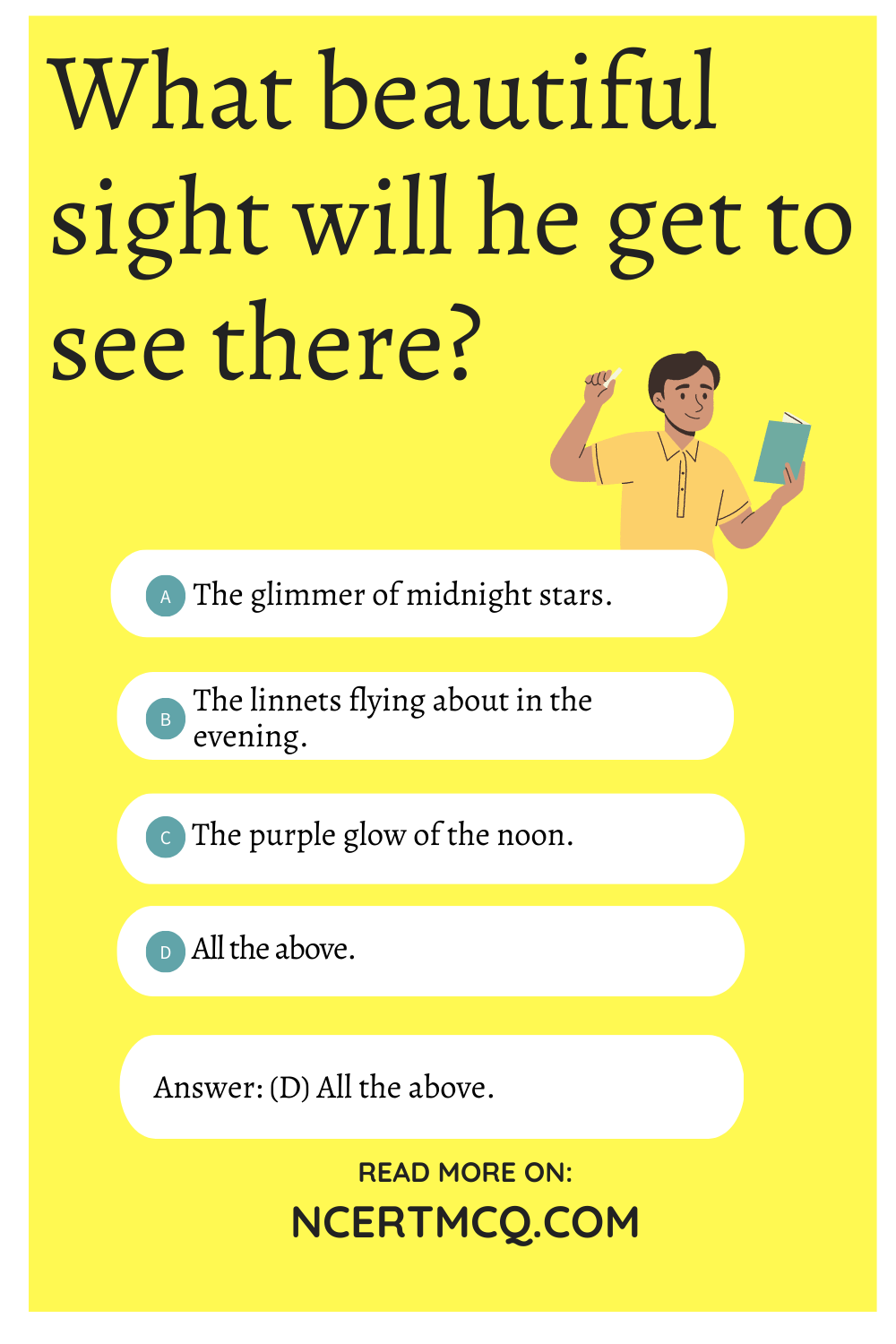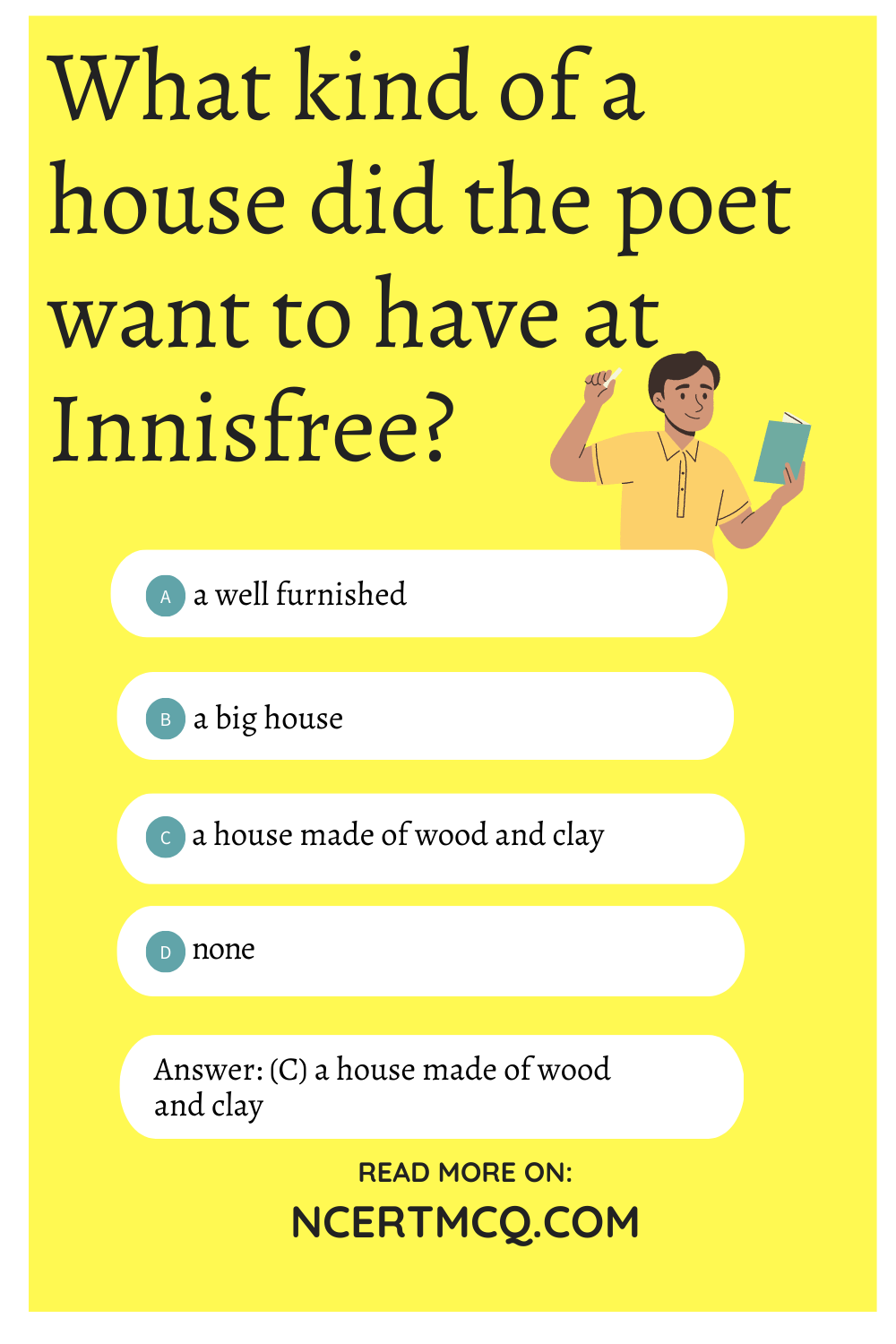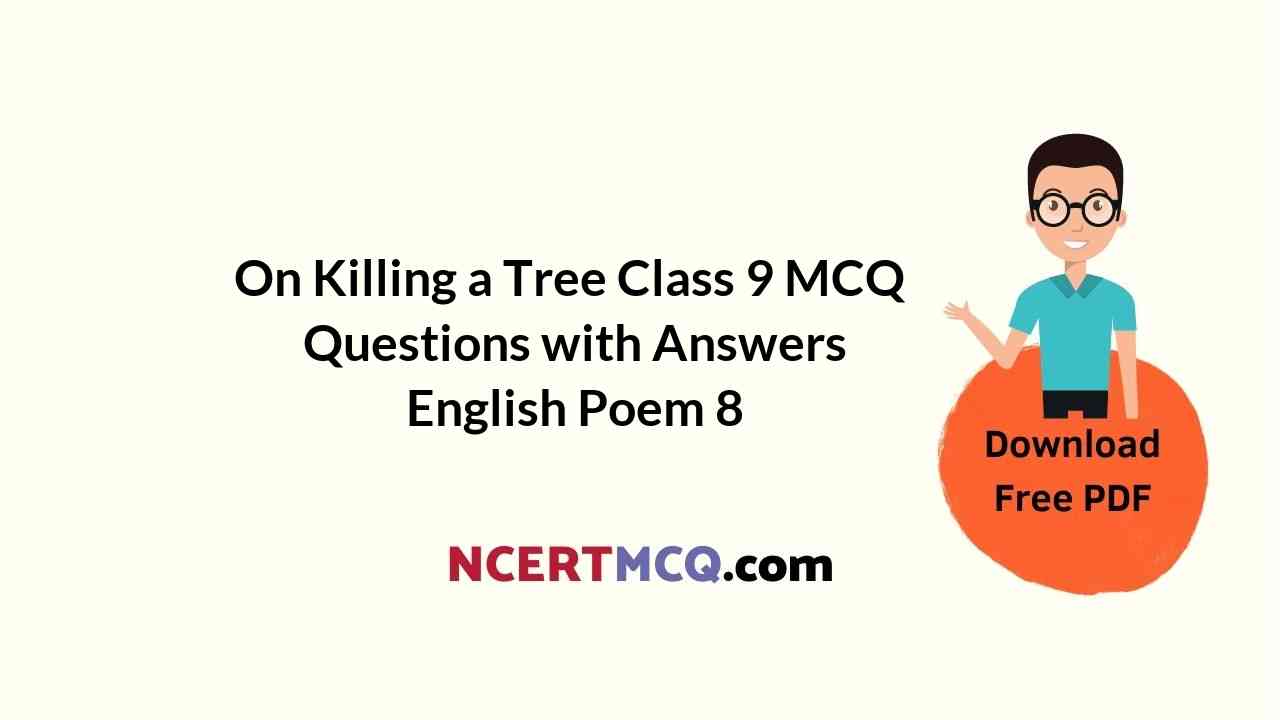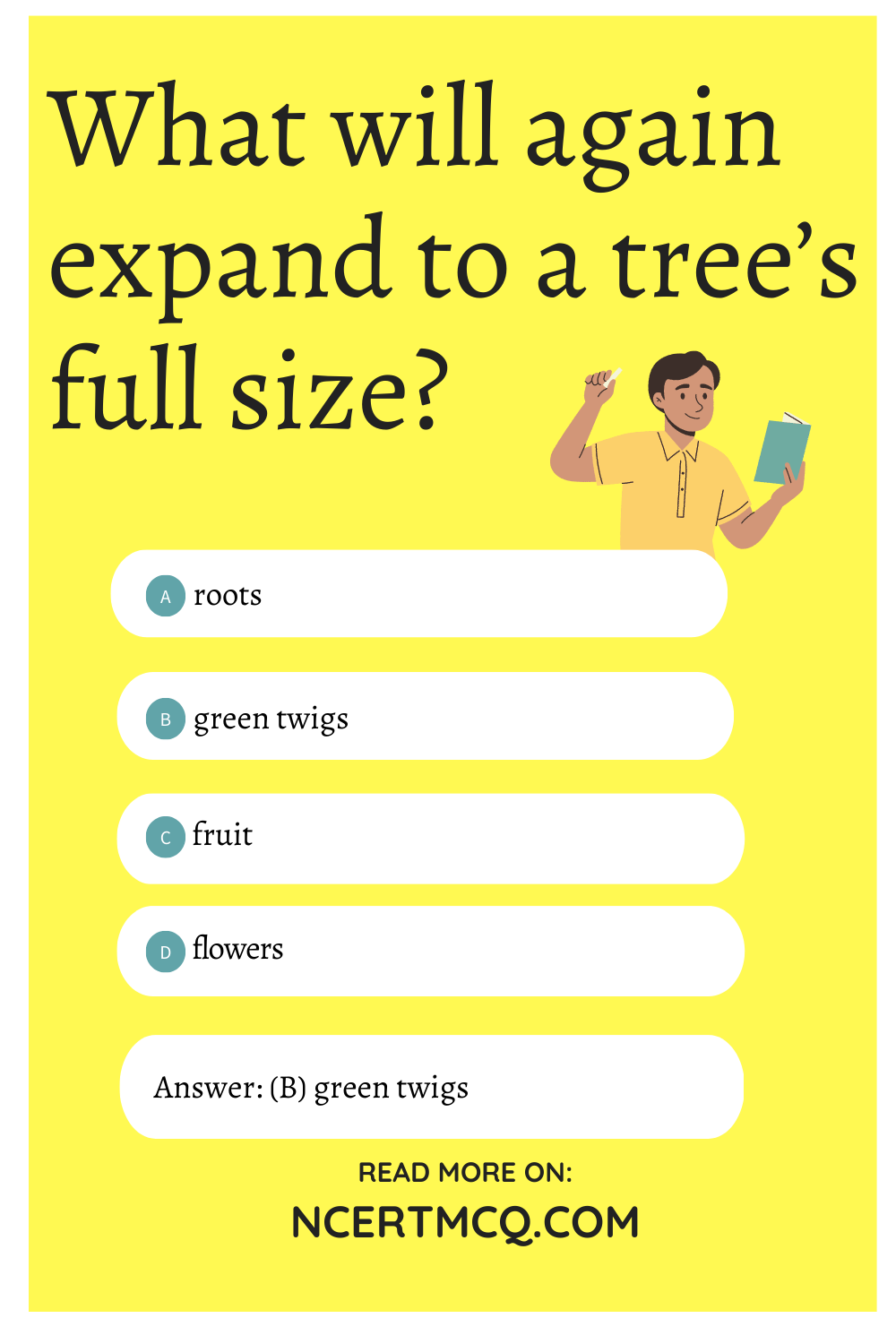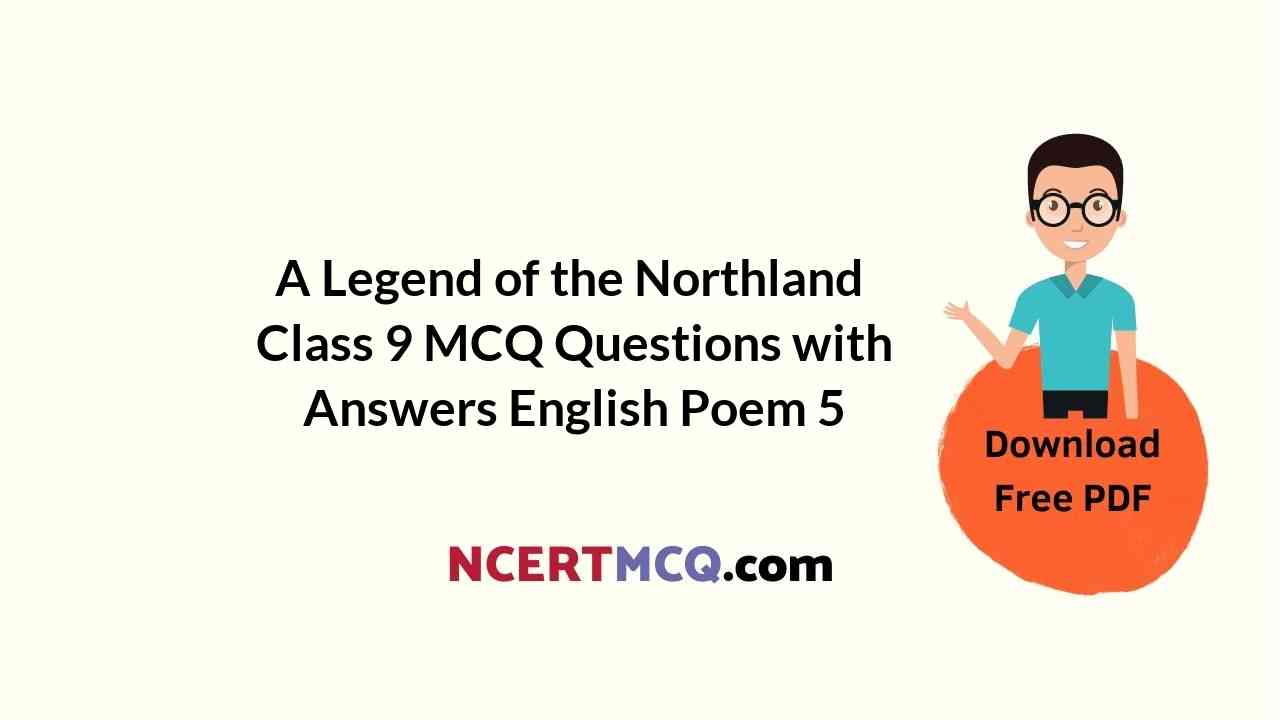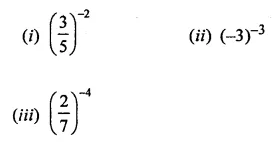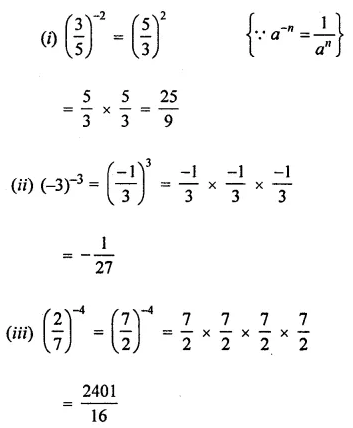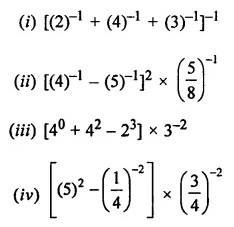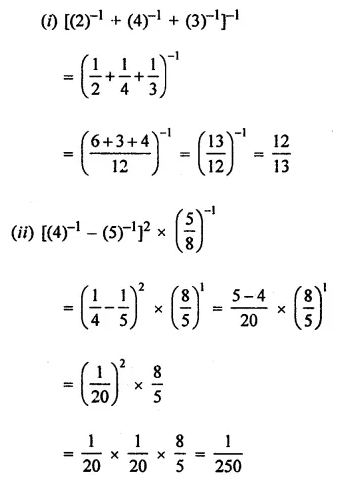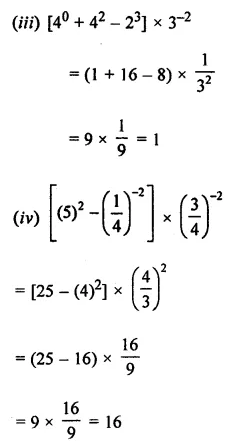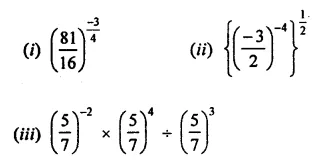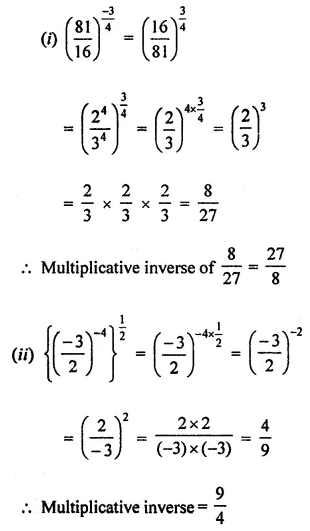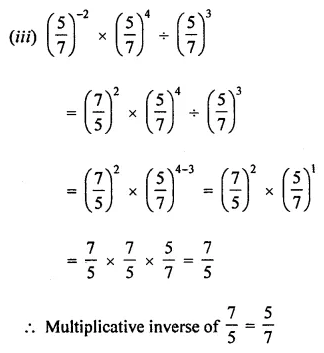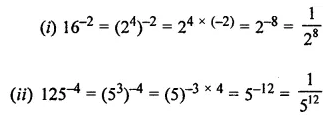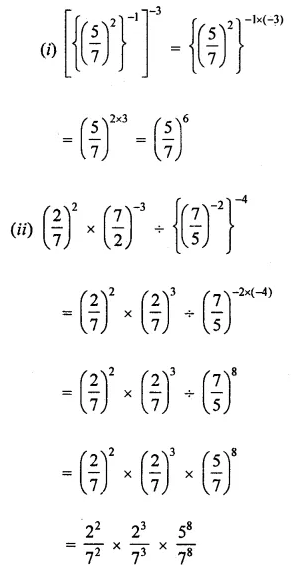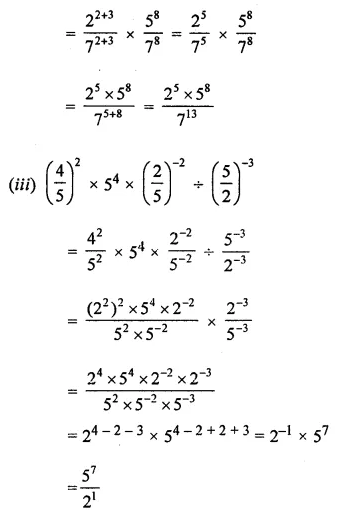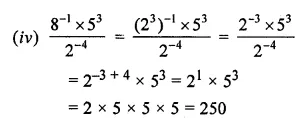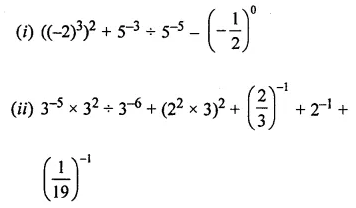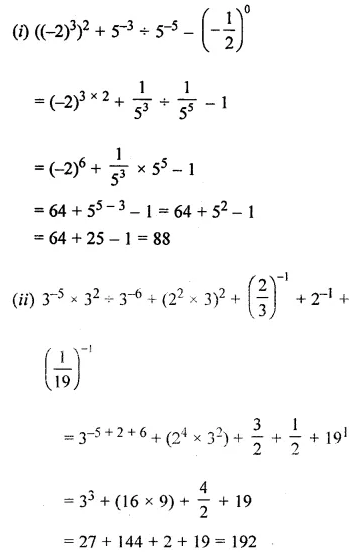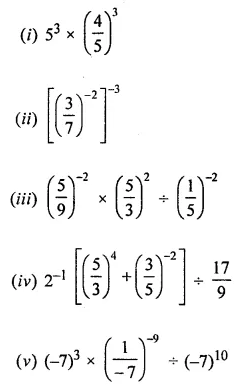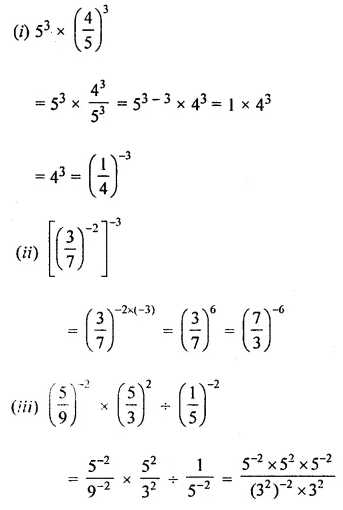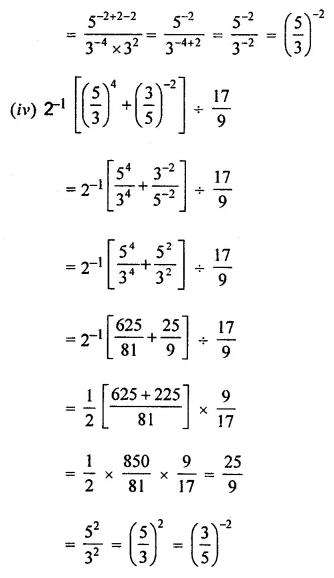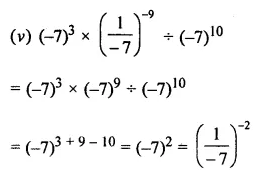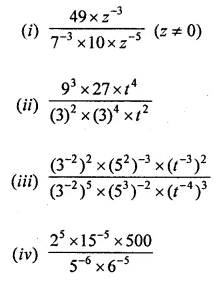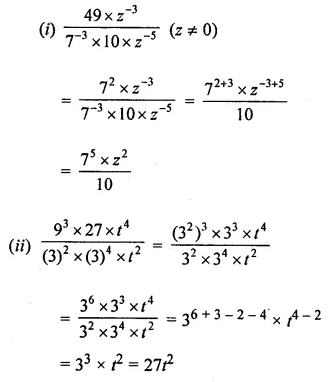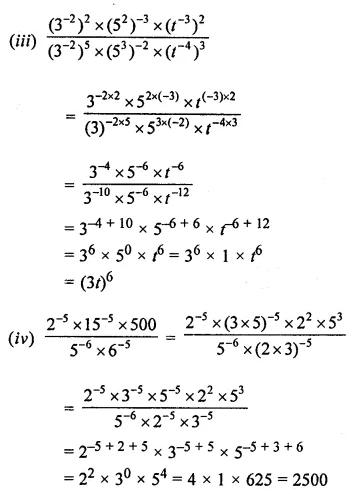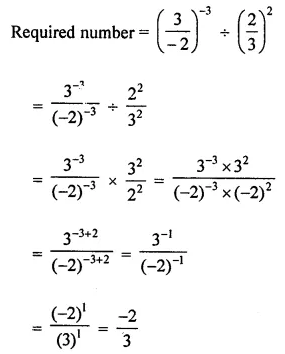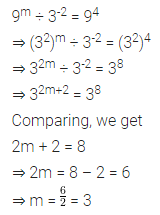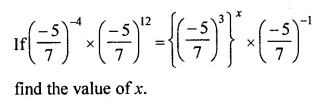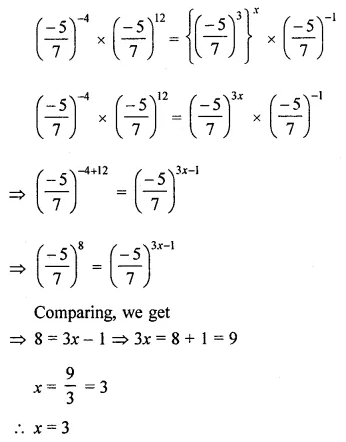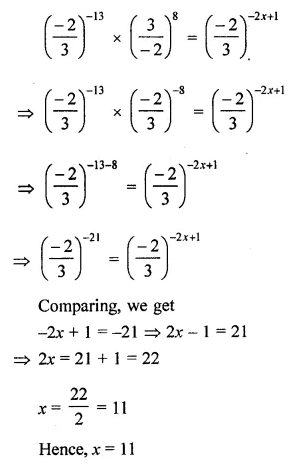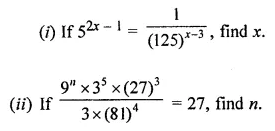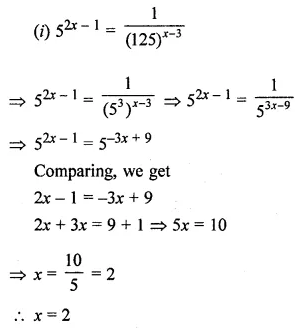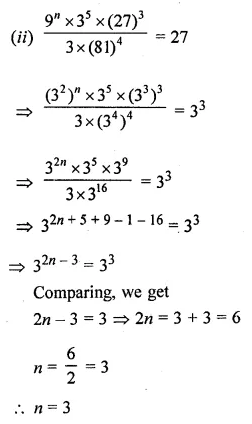Check the below Online Education NCERT MCQ Questions for Class 8 English Honeydew Chapter 10 The Great Stone Face 2 with Answers Pdf free download. MCQ Questions for Class 8 English with Answers were prepared based on the latest exam pattern. We have provided The Great Stone Face 2 Class 8 English MCQs Questions with Answers to help students understand the concept very well. https://ncertmcq.com/mcq-questions-for-class-8-english-with-answers/
Students can also visit the most accurate and elaborate NCERT Solutions for Class 8 English Honeydew Chapter 10 The Great Stone Face 2. Every question in the textbook has been answered here.
MCQ Questions for Class 8 English Honeydew Chapter 10 The Great Stone Face 2 with Answers
The Great Stone Face 2 MCQ Class 8 Question 1.
Ernest became famous
(a) even as a child
(b) when he became young
(c) when he became an old man
(d) when he died
Answer
Answer: (c) when he became an old man
Great Stone Face 2 MCQ Class 8 Question 2.
The fame had come to Ernest
(a) unsought for and undesired
(b) with his hard work
(c) because of his resemblance with the Great Stone Face
(d) because of his wealth
Answer
Answer: (a) unsought for and undesired
MCQ Of The Great Stone Face 2 Class 8 Question 3.
A poet came to the village and
(a) Ernest already knew him
(b) he did not like Ernest
(c) he had come to meet Ernest
(d) he had been invited by the villagers
Answer
Answer: (c) he had come to meet Ernest
The Great Stone Face MCQ Class 8 Question 4.
In the meeting between the poet and Ernest
(a) Ernest did all the talking
(b) the poet was much impressed by Ernest
(c) Ernest was much impressed by the poet
(d) they did not like each other
Answer
Answer: (b) the poet was much impressed by Ernest
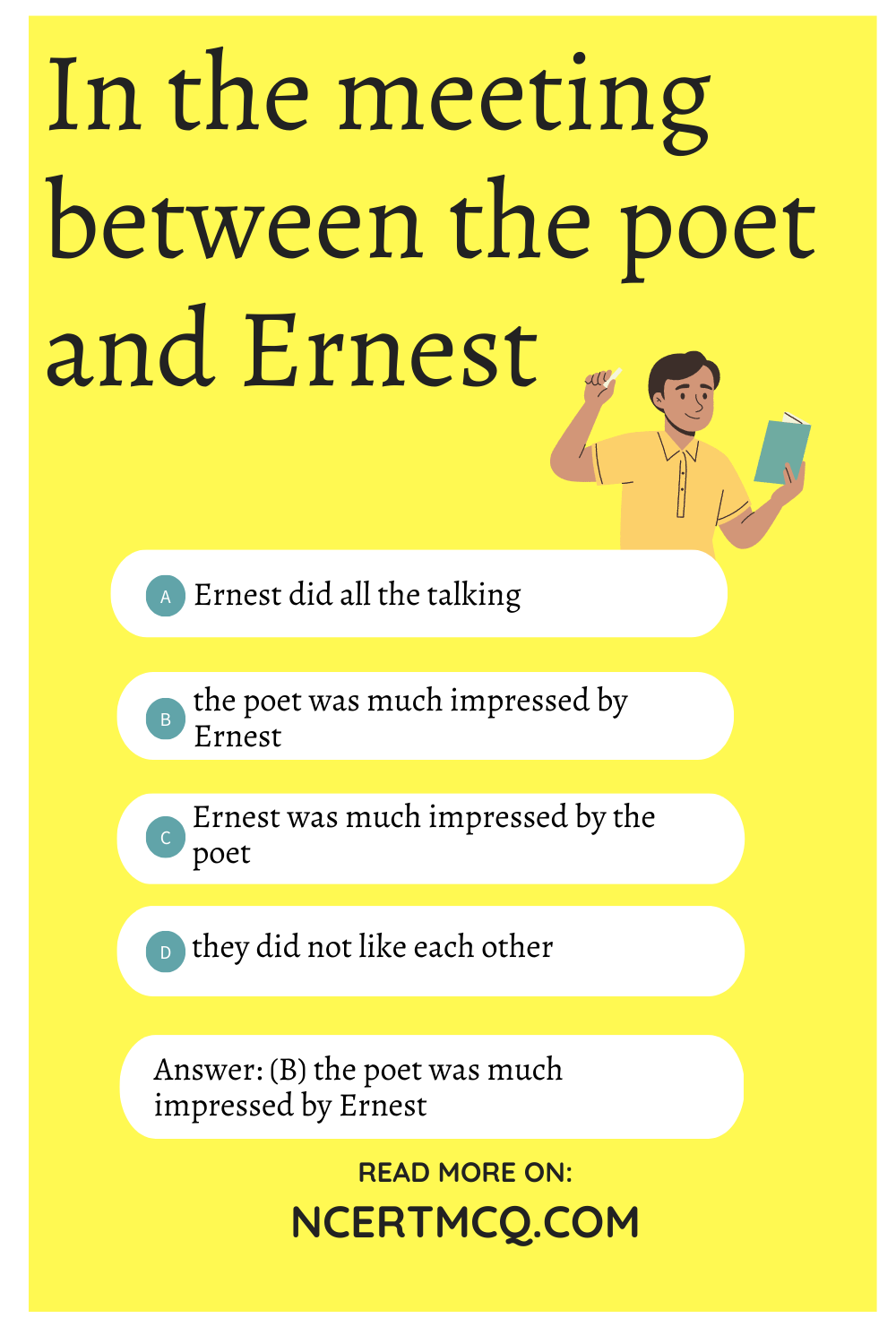
Class 8 English Chapter 10 MCQ Question 5.
Ernest was much impressed by
(a) the fact that the poet resembled the Great Stone Face
(b) what the poet had written
(c) the thoughts of the poet about him
(d) the poet when he said that Ernest resembled the Great Stone Face
Answer
Answer: (b) what the poet had written
Question 6.
Ernest examined the poet’s features again and again because
(a) he was so charmed by his looks
(b) he felt he had met him somewhere
(c) he felt he had a disease
(d) he was comparing him with the Great Stone Face
Answer
Answer: (d) he was comparing him with the Great Stone Face
Question 7.
The poet thinks himself to be a failure because
(a) His dreams remained unfulfilled
(b) He could not hear the distant voice of a heavenly song
(c) He lived far away
(d) Ernest was much better than him
Answer
Answer: (a) His dreams remained unfulfilled
Question 8.
What does the poet compare Ernest’s life with?
(a) The Great Stone Face
(b) Poetry
(c) Himself
(d) Ernest’s mother
Answer
Answer: (b) Poetry
Question 9.
Who all were part of Ernest’s daily audience?
(a) A group of neighbours
(b) College Professors
(c) Doctors
(d) The Poet
Answer
Answer: (a) A group of neighbours
Question 10.
What was Ernest to the various people who came to meet Ernest?
(a) Teacher
(b) Doctor
(c) Counsellor
(d) Tourist Guide
Answer
Answer: (c) Counsellor
Question 11.
Choose the meaning of ‘obscure’ from the following options.
(a) Not well known
(b) Hidden
(c) Dead
(d) Lost
Answer
Answer: (b) Hidden
Question 12.
With what emotions did Ernest receive his guests?
(a) Anger
(b) Gentle sincerity
(c) Unwanted manner
(d) Hostility
Answer
Answer: (b) Gentle sincerity
Read the following extracts and answer the questions that follow choosing the correct options among the given ones :
(1)
Unsought for, undesired, had come the fame which so many seek. He had become famous beyond the limits of the valley. College professors, and even the active men of cities, came from far to see and converse with Ernest,
Question 1.
What is it that many seek ?
(a) health
(b) wealth
(c) fame
(d) love.
Answer
Answer: (c) fame
Question 2.
Ernest had become famous for his
(a) health
(b) wisdom
(c) wealth
(d) love.
Answer
Answer: (b) wisdom
Question 3.
The phrase ‘unsought for’ means
(a) hated
(b) undesired
(c) loved
(d) unasked.
Answer
Answer: (d) unasked.
(2)
“Because,” replied Ernest, “all through life I have awaited the fulfillment of a prophecy, and when I read these poems, I hoped that it might be fulfilled in you.”
Question 1.
Ernest was talking to
(a) his mother
(b) a poet
(c) a neighbour
(d) General Blood-and-Thunder.
Answer
Answer: (b) a poet
Question 2.
The prophecy concerned
(a) himself
(b) his mother
(c) the poet
(d) The Great Stone Face.
Answer
Answer: (d) The Great Stone Face.
Question 3.
Ernest had expected that the poet’s face would resemble
(a) his own face
(b) Gathergold
(c) The Great Stone Face
(d) his mother’s face.
Answer
Answer: (c) The Great Stone Face

(3)
The prophecy was fulfilled. But Ernest, having finished what he had to say, took the poet’s arm, and walked slowly homeward, still hoping that some wiser and better man than himself would by and by appear, bearing a resemblance to the Great Stone Face.
Question 1.
The prophecy was fulfilled in
(a) the poet
(b) Ernest
(c) Gathergold
(d) General Blood-and-Thunder
Answer
Answer: (b) Ernest
Question 2.
Ernest believed the prophecy
(a) was yet to be fulfilled
(b) was now fulfilled
(c) will never be fulfilled
(d) was fulfilled long ago
Answer
Answer: (a) was yet to be fulfilled
Question 3.
The story is written by
(a) Nathaniel Hawthorne
(b) John Keats
(c) Ruskin Bond
(d) Zulfikar Ghose
Answer
Answer: (a) Nathaniel Hawthorne
We hope the given NCERT MCQ Questions for Class 8 English Honeydew Chapter 10 The Great Stone Face 2 with Answers Pdf free download will help you. If you have any queries regarding CBSE Class 8 English The Great Stone Face 2 MCQs Multiple Choice Questions with Answers, drop a comment below and we will get back to you soon.
